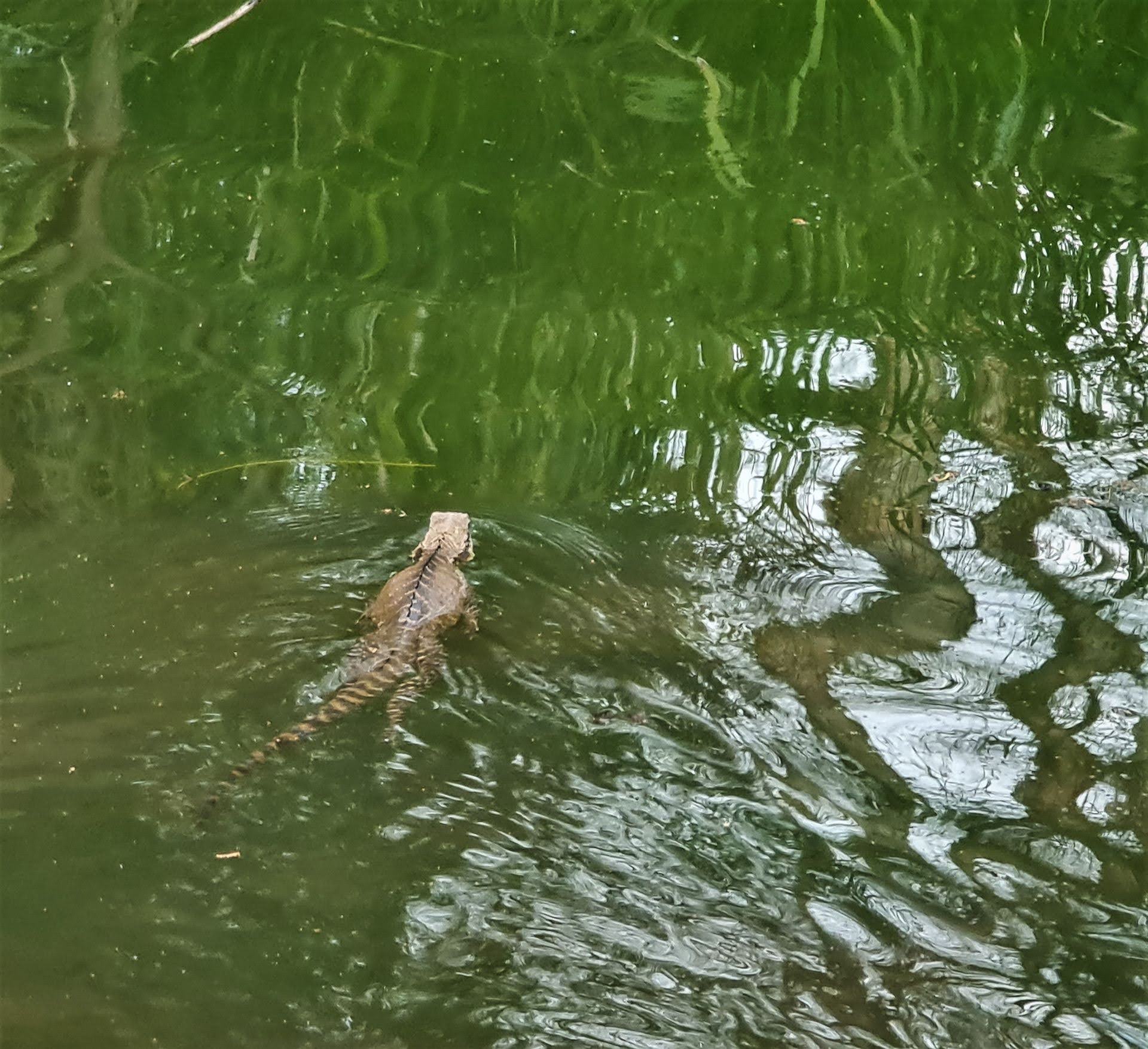fern creek, Warriewood wetlands spring 2023 - arum lily +crofton weed + fireweed invasive weeds present - all of which can kill horses- your local warriewood bushcare groups you can join this spring
Photos by Joe Mills
NW Warriewood Wetlands Walk
'Did a little walk for about 1 hour to check out the NW corner of the wetlands along Fern Creek on Thursday 21 September 2023. The ponds are full of water, but the creeks are getting quite dry.' - Joe Mills
Joes photos show a number of 'garden escapee' weeds, originally from Africa and South America, getting into the reserve and wetlands, including Arum Lily (Zantedeschia aethiopica), Crofton Weed (Ageratina adenophora) and Fireweed (Senecio madagascariensis). Warriewood residents who have livestock should note these weeds are poisonous to goats and horses.
Arum lily is poisonous to most stock, pets and humans. Symptoms can include swelling of the lips, tongue, and throat, stomach pain, vomiting and severe diarrhoea. Ingestion of the plant may be fatal. The toxicity is due to sequestering of calcium oxalate crystals and possibly other toxic compounds by the plant.
Zantedeschia is a genus of eight species of herbaceous, perennial, flowering plants in the family Araceae, native to southern Africa from South Africa north to Malawi. The genus has been introduced on all continents except Antarctica.

Arum Lily (Zantedeschia aethiopica) invading Warriewood wetlands - nice in home gardens, a weed in environment areas and reserves.

Crofton Weed (Ageratina adenophora)
The NSW DPI webpage about Crofton Weed states:
Crofton weed is a rapid-spreading weed that has become a nuisance in many areas along the eastern coast of Australia. It is particularly invasive on cleared land that is not grazed, such as public reserves, and causes particular problems for horse owners.
Once established, seedlings tolerate shade and grow rapidly. In this way, small infestations of Crofton weed rapidly increase in size unless controlled. Crofton weed reduces the ecological value of bush land, lowers crop yields and reduces the carrying capacity of grazing land.
The weed spread rapidly during the 1940s and 1950s and it was reported that in some areas dairy farmers and banana growers abandoned their holdings.
Horses may preferentially graze the plant even when ample feed is available. Access to Crofton weed for as little as eight weeks can cause sickness. The first sign of Crofton weed poisoning is coughing, made more pronounced by exercise. If horses are not removed from infested areas, further lung and possible heart damage occurs, leading to shortness of breath even when at rest. Death from respiratory failure is the eventual result, with affected horses often suddenly collapsing and dying during work.
Ageratina adenophora, commonly known as Crofton weed, is a species of flowering plant in the family Asteraceae native to Mexico and Central America. Originally grown as an ornamental plant, it has become invasive into farmland and bushland worldwide
In Cr. Korzy's 'From the Council Chamber - September 2023' Miranda reported:
Residents can now check the council website to identify the Northern Beaches most problematic weeds, staff reported at the September meeting.
In response to my motion passed at the May meeting, which focused on weed control and ecological restoration, staff reported back on actions they had already carried out.
I was delighted to see the timely response to this motion, which had been written with the help of Northern Beaches Greens Convenor Evan Turner in consultation with environment groups. The numerous complaints from bushcarers and residents groups about the proliferation of weeds in Pittwater - exacerbated by wet conditions over the last three years - was the impetus for the motion.
Unfortunately, due to the rush to get through the agenda before the 11pm deadline at the September meeting, this motion did not get a proper airing on the floor of the chamber.
However, staff reported in the meeting papers that they had updated the council website with profiles and photographs of the LGAs top 28 most problematic weeds. Pittwater Council used to print a booklet with this kind of weed information, but with modern communications, the website provides an alternative source.
Other highlights of the report included the plan to engage with young people to bring them into bushcare groups via programs such as school support at Narrabeen High. Similarly, the setting up of five new bushcare groups was great news - both for the environment and our budget, given the many hours of work they provide the council.
I also welcome the staff investigating the Gardening Responsibly Scheme developed with the nursery and garden industry as well as NSW government and Macquarie University. Under the program, council officers work with local nurseries to promote the supply of plants with a low invasive risk.
Similarly, staff are looking into a Blue Mountains Council program, in which it carries out annual inspections of local plant retailers and nurseries, with twice yearly inspections for those who agree not to sell invasive plants. The council then lists them on its website “as committed to safeguarding the local environment and native vegetation”.
I look forward to hearing more about these schemes, and further education for the community with displays of priority weeds at council’s environmental events and work with bushcarers, schools, perhaps Duke of Edinburgh programs, Scouts, Guides and other groups involving young people.
Staff have also met with community groups and attended a weeds round table organised by former Warringah councillor Dr Conny Harris in July.
However, a significant problem, as the staff report noted, is the sale of weeds, some with histories of significant spread such as Prickly Pear, at markets and online. As it states, education for residents is the best way to address this, so we aren’t buying something we regard as pretty that is likely to invade local bushland.
Fireweed is not listed as yet on Council's webpage so we provide the following from the NSW DPI - there has been a lot of work done on the south coast of NSW and in rural areas to try and eradicate this weed. If you see any, please pull it out, roots and all, to prevent its spread in our area, particularly Warriewood wetlands and surrounds as it is poisonous to livestock and horses.
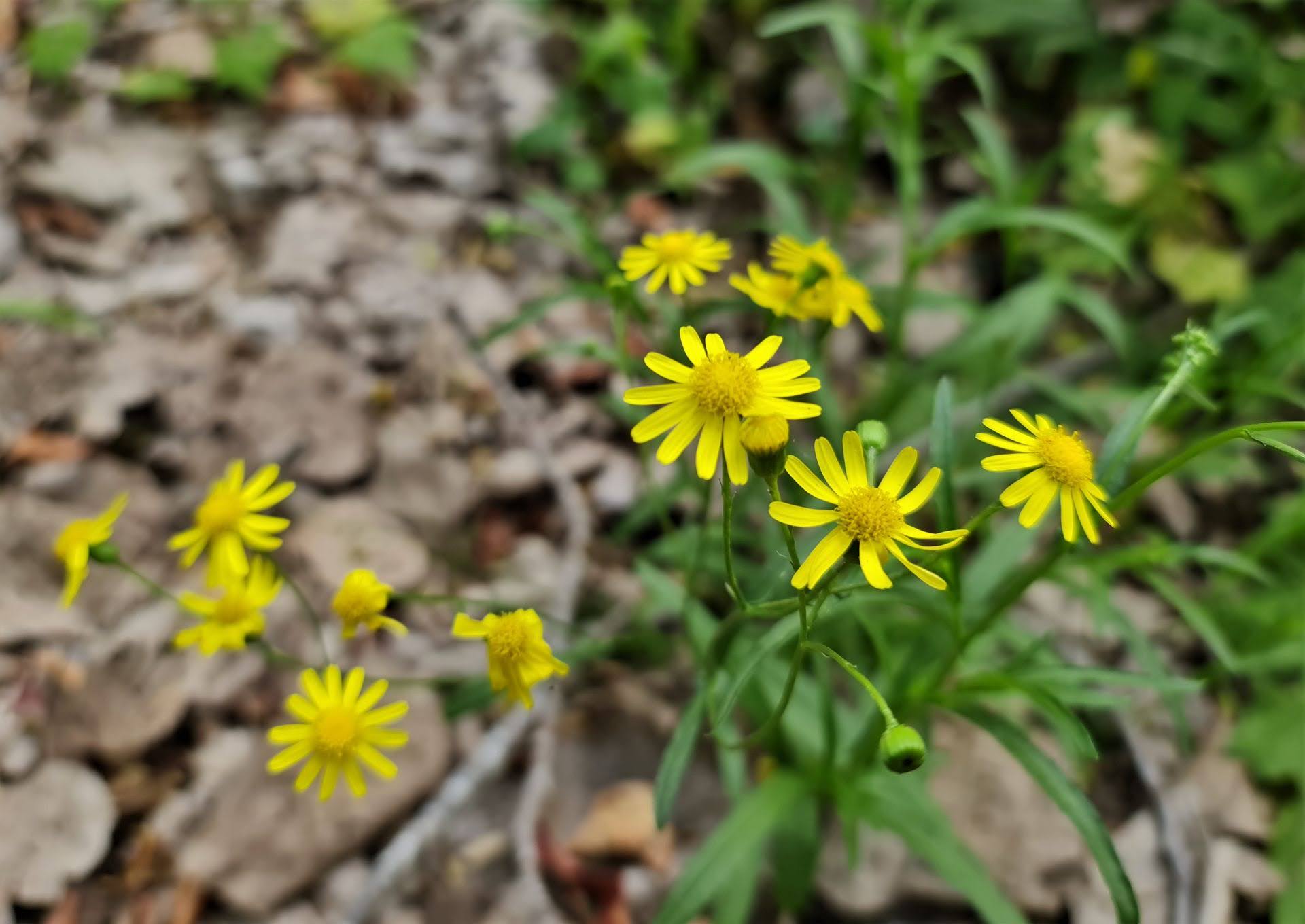
Fireweed (Senecio madagascariensis) looks like a daisy with little yellow flowers. It invades pastures and can poison livestock. Fireweed invades pastures and disturbed areas. It:
- reduces productivity
- is poisonous to livestock and can cause death
- is difficult to control.
Livestock poisoning
Fireweed contains chemicals called pyrrolizidine alkaloids. Livestock that eat it get liver damage. The damage is irreversible and gets worse the more fireweed an animal eats. Hay, silage or grain contaminated with fireweed plants or seeds can poison livestock. Identifying fireweed poisoning is difficult. If you think you have affected animals contact your vet.
Cattle: Cattle are usually reluctant to eat fireweed. Young, hungry or new stock not familiar with fireweed are more likely to eat it. Cattle can lose weight, or their growth slows. Some develop brain damage, which can show as confusion and poor coordination. Sudden death can happen in fat cattle that have eaten fireweed in the last 3 to 6 months.
Sheep and goats: Sheep and goats are more inclined to eat fireweed than cattle. They are also up to 20 times more tolerant of its toxins. Merinos tend to eat less fireweed, other sheep breeds can eat it to excess. Sheep that eat fireweed over two or more years may become unwell or die suddenly. Sheep and goats rarely show signs of brain damage.
Fireweed can poison alpacas too, but less is known about the effects on them.
Horses: Horses have more problems with fireweed poisoning. Unpigmented skin can become sensitive to sunlight, redden and peel away. Brain damage is common. Symptoms can include: dullness, aimless wandering, an uncoordinated gait, pressing up against fences, gates or trees and possible blindness.
Fireweed is an annual or biennial herb 10–60 cm tall. It is erect with many branches. Flowering is mostly from spring to autumn but times vary for different parts of NSW. All stages of the plant from seedlings to flowering may be present at any time of year in some locations. Flushes of seedlings appear after rain in warm weather.
Leaves are:
- bright green
- fleshy and narrow
- 2–7 cm long and 3–10 mm wide
- smooth, toothed or lobed on the edges
- stalkless and clasped around the stem
- alternate along the stems.
Flowers are:
- small, yellow and daisy-like with up to 15 petals
- 1–2 cm in diameter
- in clusters at the ends of branches
- emerging from a small cup of modified leaves called bracts (usually 21 bracts)
- more abundant on some plants than others and up to 200 per plant.
Seeds are:
- small and light
- 1–3 mm long
- cylindrical in shape
- downy on the surface
- attached to fine, white feathery hairs that aid in dispersal by wind.
Roots are:
- fibrous
- 10–20 cm deep
- branched from a central taproot.
Similar looking plants
Variable groundsel (Senecio pinnatifolius) is sometimes confused with fireweed. It’s a native Australian plant, not considered a weed. Often it grows in places where fireweed is unlikely to be, such as bushland and undisturbed sites.
Fireweed grows along the Australian east coast from Victoria to Central Queensland. It is most invasive in coastal regions. It is also on the northern and southern tablelands. Fireweed comes from southeast Africa. It was first seen in the Hunter Valley in 1918.
Control
Long-term fireweed control needs to consider that:
- most new seedlings appear in autumn
- many new seedlings appear after rain when temperatures are 15–27°C
- seedlings grow fast and can flower 6–10 weeks after emerging
- flowering and seeding occur mostly in spring
- most plants die off by late spring
- some plants live for up to three years - the tops die back in spring and regrow the following autumn
- fireweed seed buried deeper than two centimetres is unlikely to germinate
- long-term follow up is essential because about 15% of seeds remain dormant for over 10 years.
- In pastures, combine grazing strategies, pasture improvement and strategic herbicide use.
- In environmental areas hand-pull individual plants and spot spray herbicide.
Join your Warriewood Bushcare Group this spring: Turn it all around
Residents can help get rid of invasive weeds in the wetlands by joining their local bushcare groups. Even if you can only do an hour it will help remove invasive weeds so the planting out of species endemic to areas cleared of weeds can occur.
Council employs contractors for larger scale weed infestations, so you won't have to tackle those.
Warriewood has three bushcare groups:
- Fern Creek - 1 to 3pm on the third Thursday each month: meets on the corner of Honeyeater Grove and Blue Wren Way
- Irrawong Reserve Bushcare Group - 1.30 to 4.30 pm on the third Saturday each month: end of Irrawong Road off of Garden Street
- Warriewood Wetlands Bushcare Group - 9am to 12pm on the first Sunday of each month: end of Katoa Place, Warriewood
There are lots more sites across our area you can help restore or maintain.
To Become a Bushcare Volunteer
- Visit the site map and select a preferred site.
- Complete the online enquiry form.
- Council will get in contact with you and book you into one of their regular Bushcare sessions.
- Complete an onsite induction with one of their qualified supervisors.
- Start your first volunteer shift.
For further information on Bushcare and/or to confirm if your group is active, please contact Council's Environmental Volunteers Coordinator on email bushcare@northernbeaches.nsw.gov.au.
Fortunately the Council has secured 11 Grants for dealing with weed infestation sites across the LGA under Crown Reserves Improvement Fund (CRIF). The executed agreements as at 1st of March 2023, list $378,072.00 has been allocated for various sites. Unfortunately, the Warriewood Wetlands and its creeks are not on the list as this is not Crown Land.
The CRIF 2022-23 offered funding for 267 projects totalling $17.947m to maintain and upgrade facilities and reserves on government-owned land - sites such as Governor Phillip Park, which has been weed infested for well over a year and that had missed out in the previous year's allocations, this time has had a grant allocated.
Hitchcock Park Foreshore and Curl Curl Lagoon will also be rid of some weeds under the CRIF. Details of all 11 grants run in this report:
Previously:
- Weeds: A Round Table Discussion At Narrabeen On Friday July 21 - All Welcome! - July 2023 Warriewood pond being cleared of weeds finally
- Warriewood Wetlands - Creeks Deteriorating: How To Report Construction Site Breaches, Weed Infestations + The Long Campaign To Save The Warriewood Wetlands & Ingleside Escarpment - March 2023
- The Fern Creek - Ingleside Escarpment To Warriewood Walk + Some History + The Local Government Act Sections and POM That Protect This Place - photos by Joe Mills, Winter 2021
- Irrawong Reserve: Warriewood To Ingleside Escarpment Walk photos By Joe Mills - November 2020
You can read about how this area became a Pittwater Reserve in A History Of The Campaign For Preservation Of The Warriewood Escarpment by Angus Gordon and David Palmer, some of the Restoration works in Irrawong Reserve – Big Bushcare Day Out and Grant Announcement (September 2012), Rare Frog Spotted in Pittwater (March 2013) and Mullet Creek Bush Care Project Update – May 2013 as well as Bush Regeneration Near Creeks In The Narrabeen Lagoon Catchment
Historical insights are available in Eeling In Warriewood's Creeks and Yabbying In Warriewood's Creeks and Pittwater Roads II: Where The Streets Have Your Name - Warriewood, Pittwater Roads II: Where The Streets Have Your Name - 'Green Hills', Elanora Heights, and Ingleside, Waratah Farm: Ingleside, The Narrabeen Plum and Ingleside Powder Mill: Pittwater Fields Of Dreams I.
The Mullet Creek bushcare group (also known as Irrawong Bushcare) meets on the third Saturday afternoon of each month. This group continue to meet after the grant project was completed. For details on how to get involved contact Northern Beaches Council’s bushcare officer Michael Kneipp on 0417 688 492.

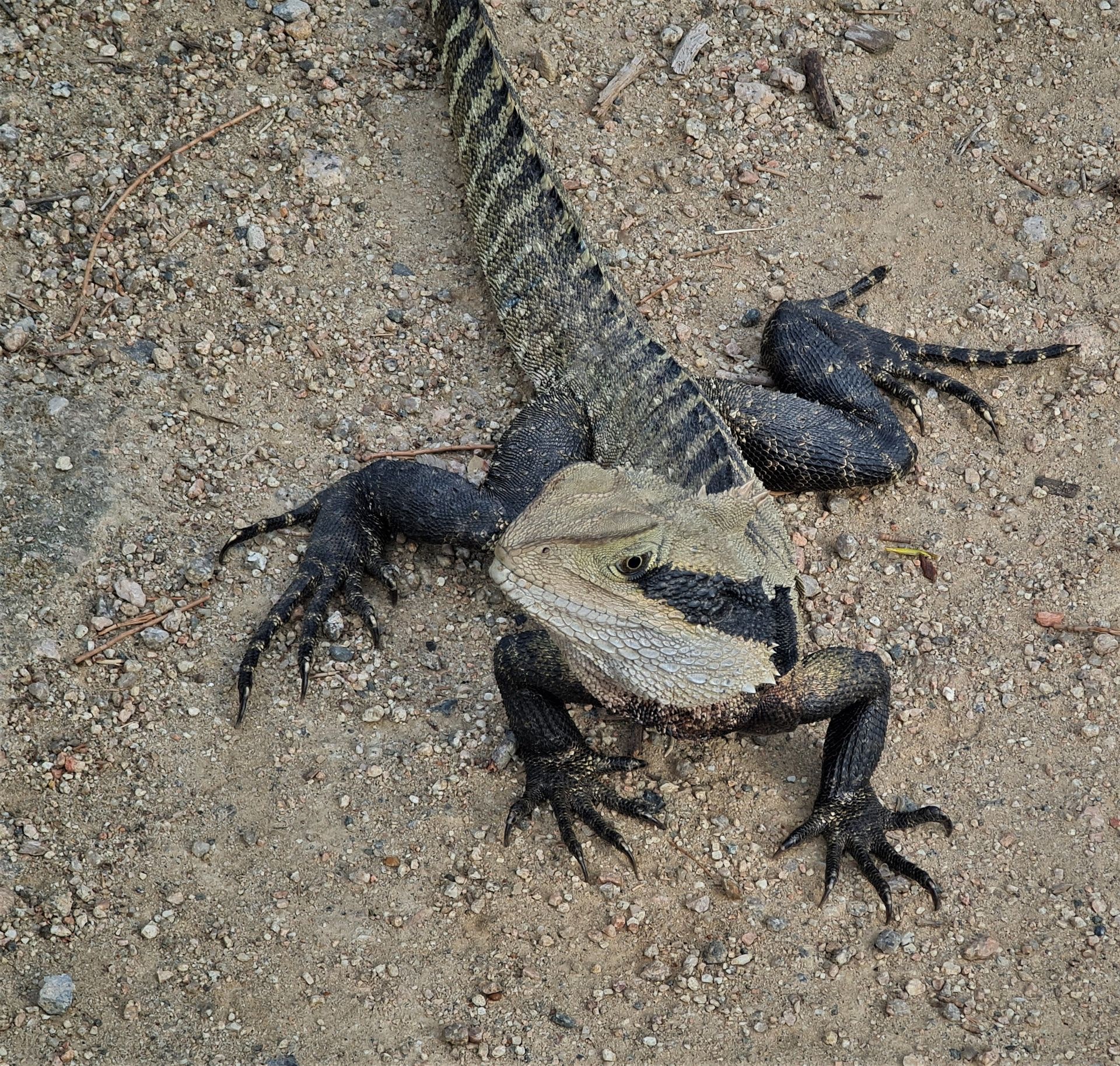
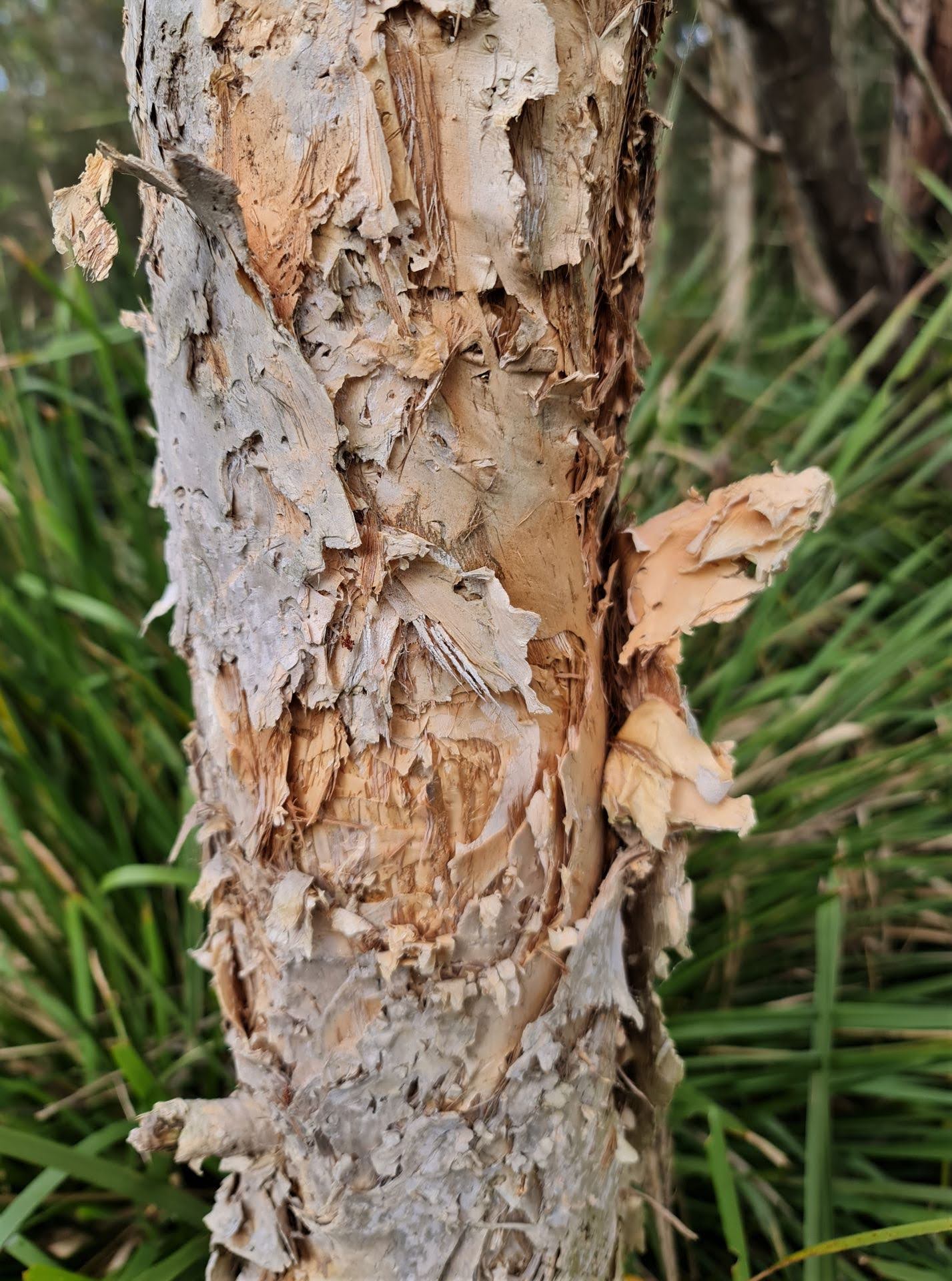
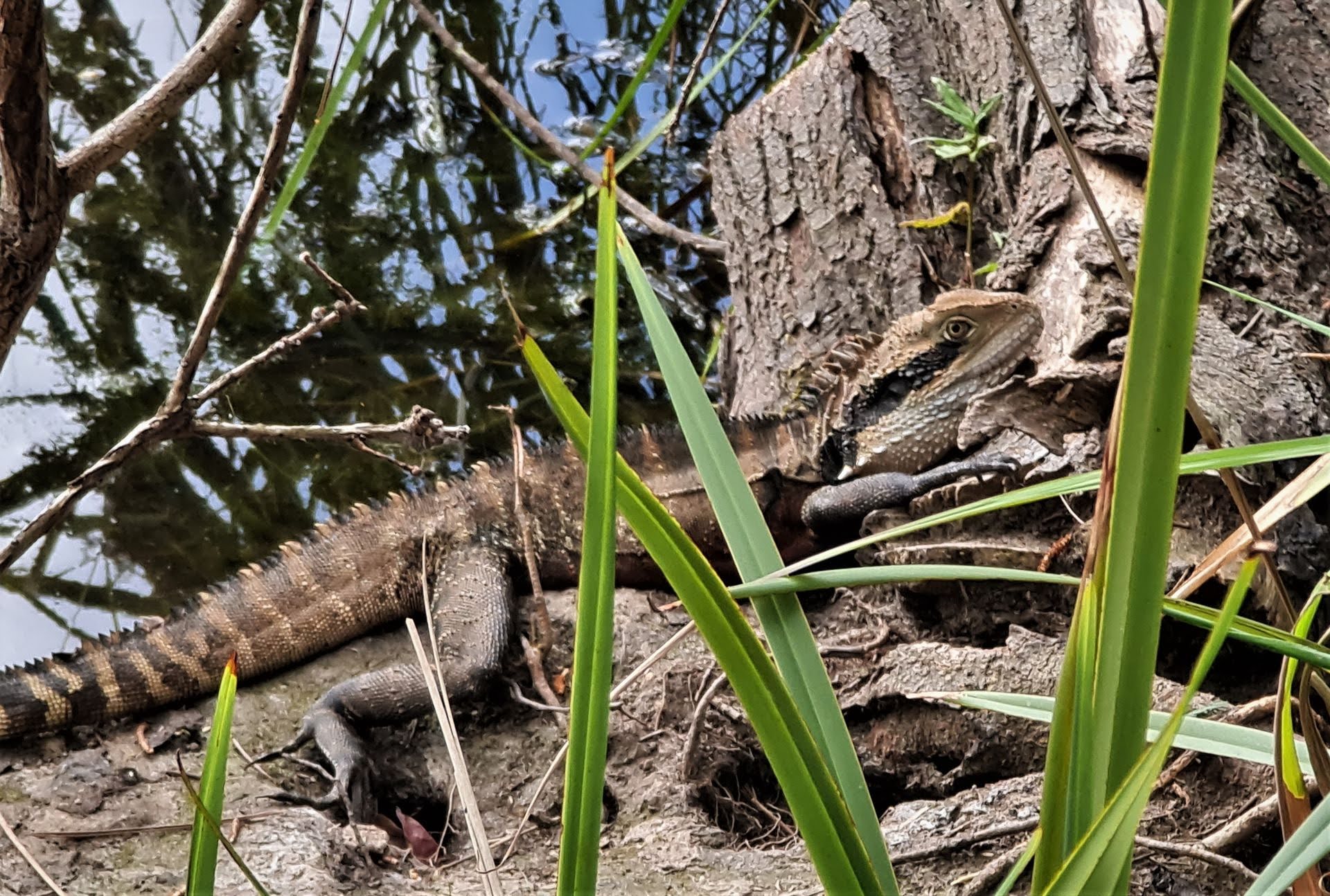
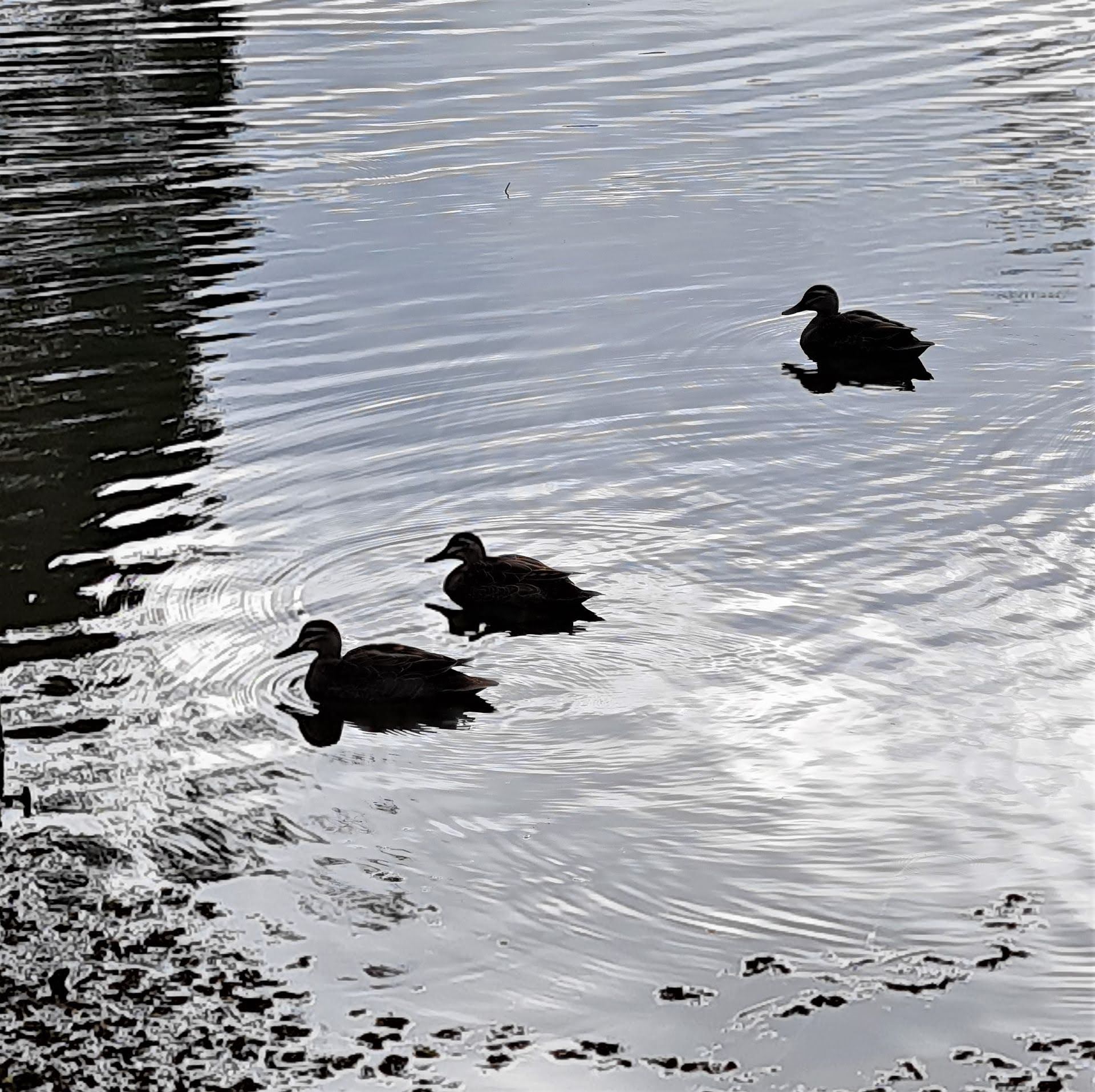
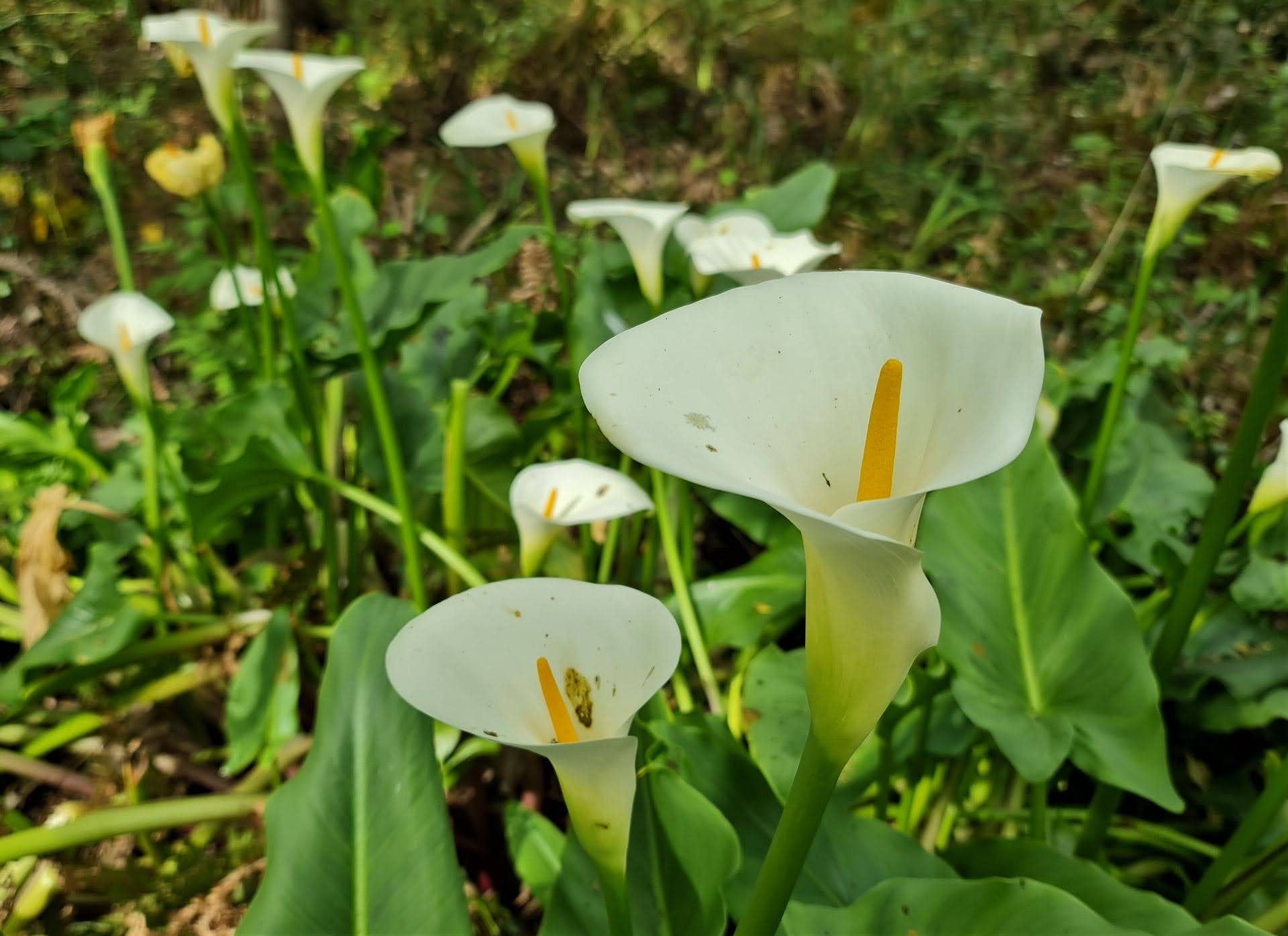

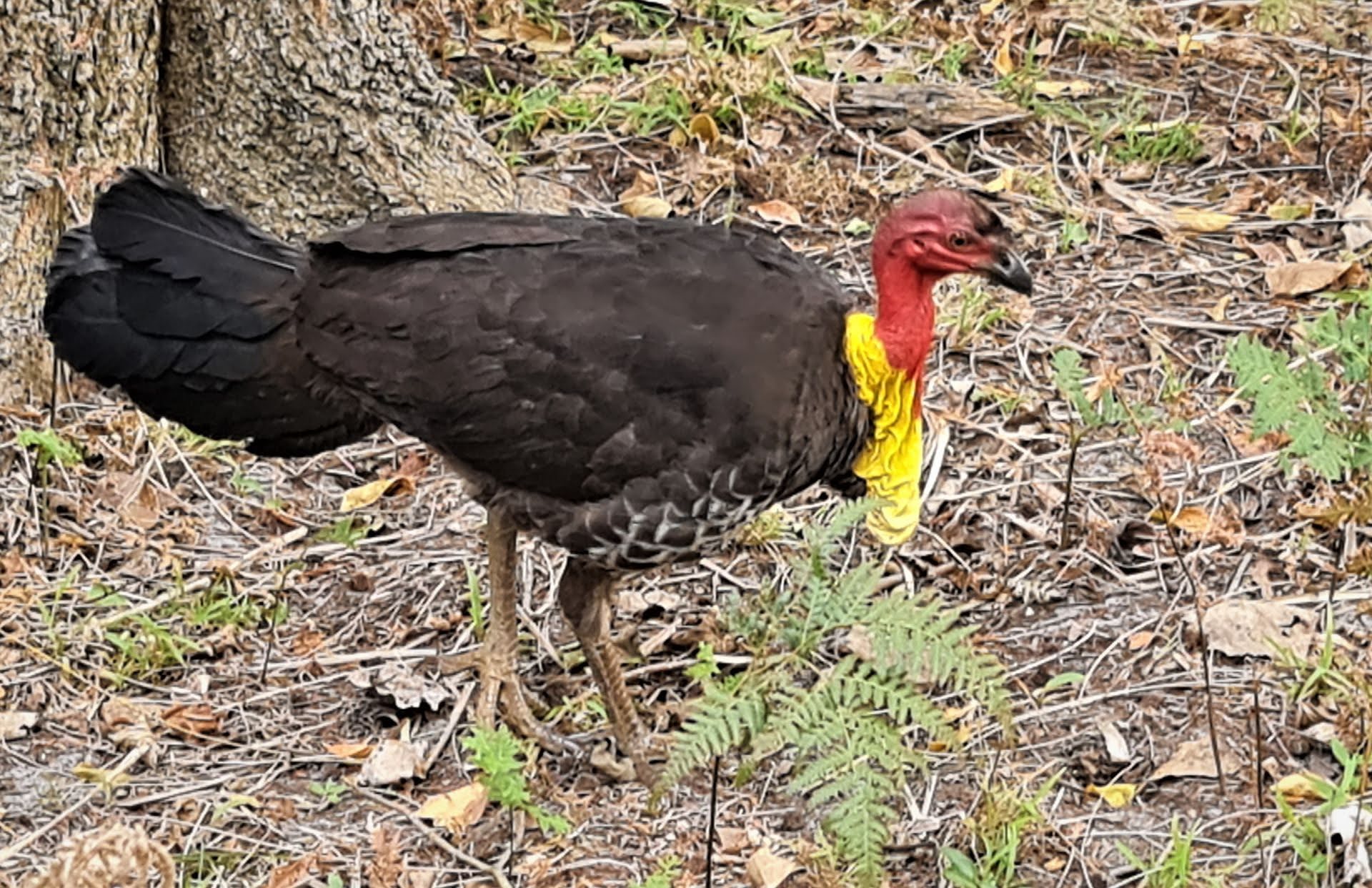
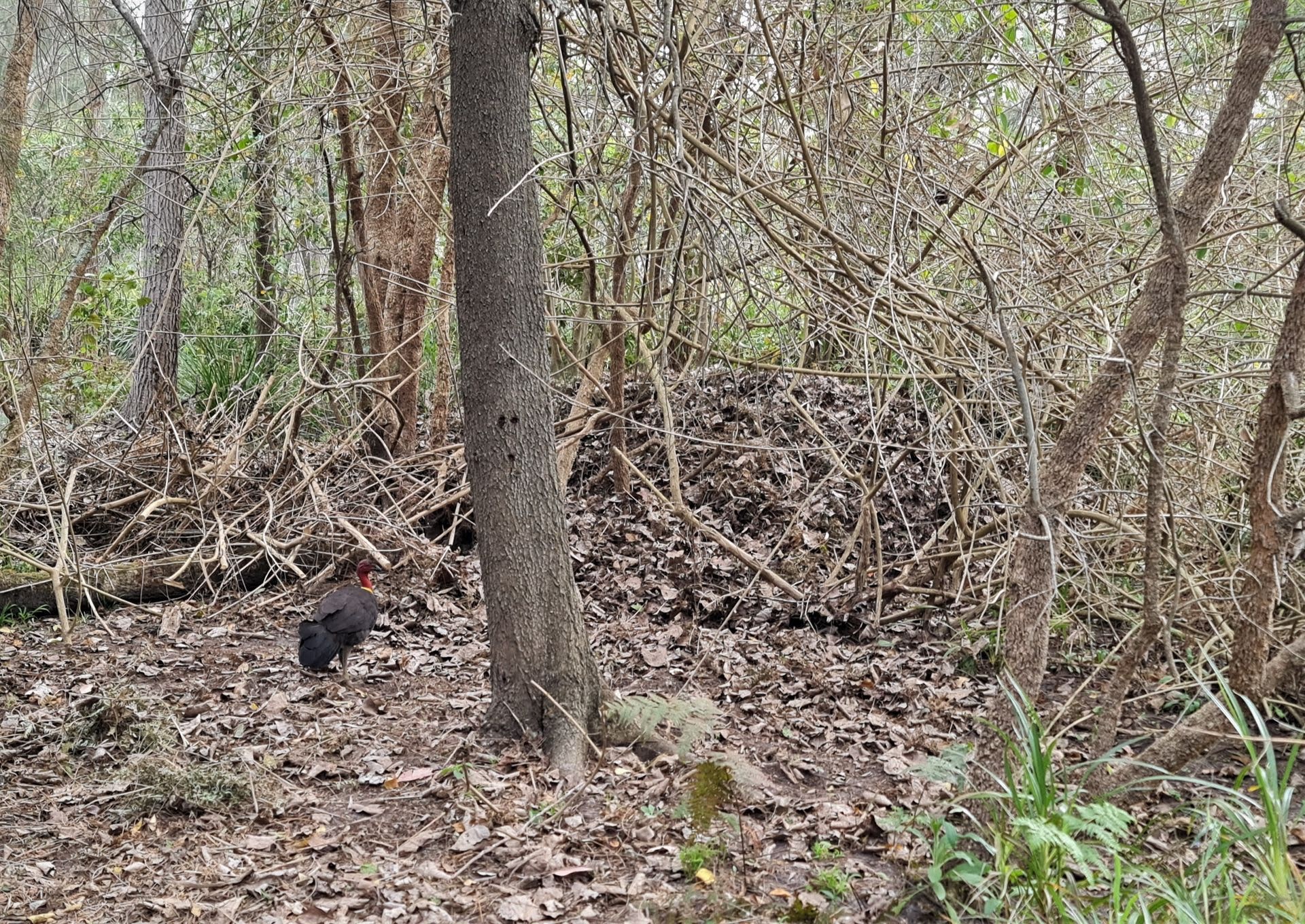
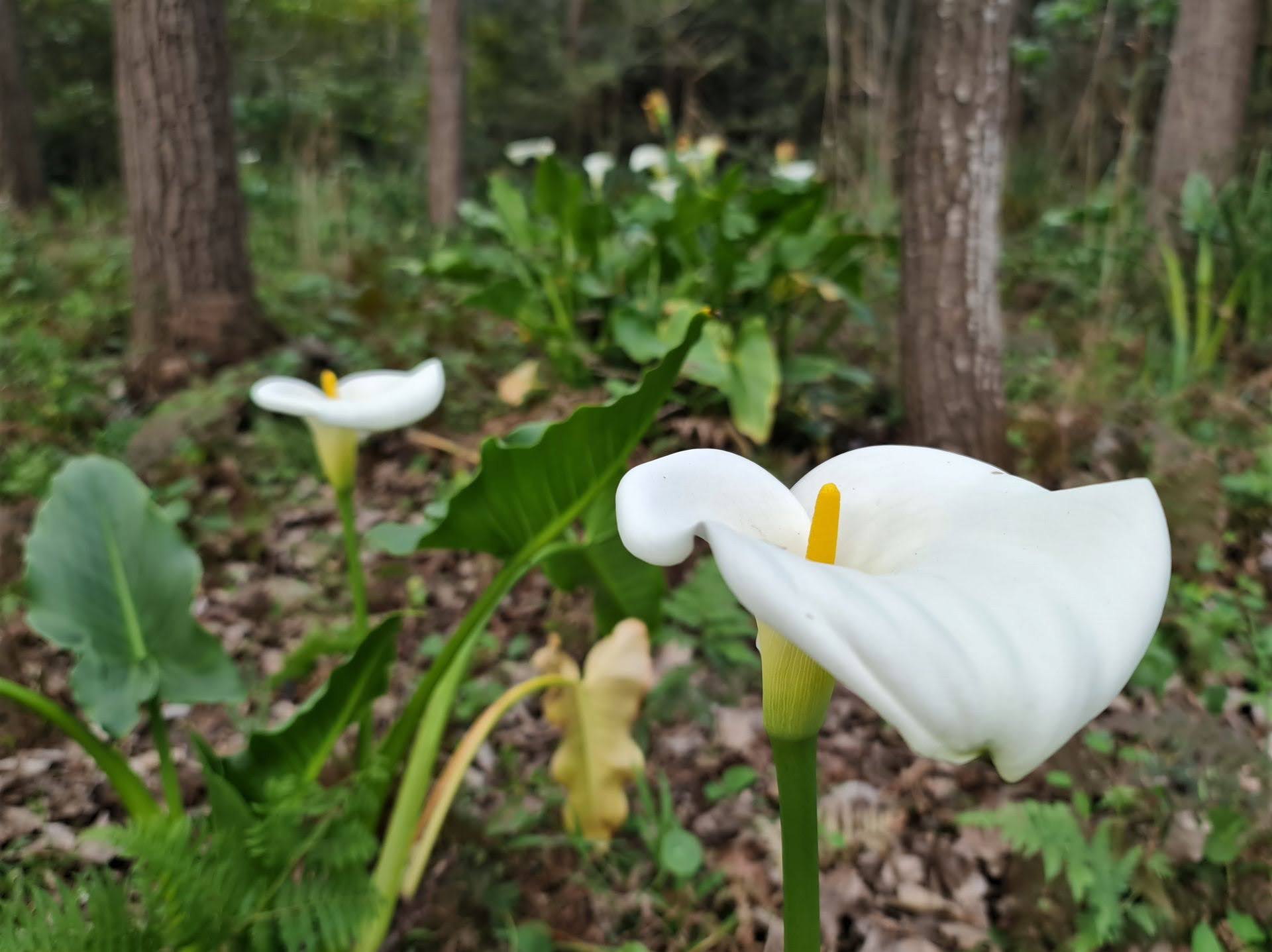

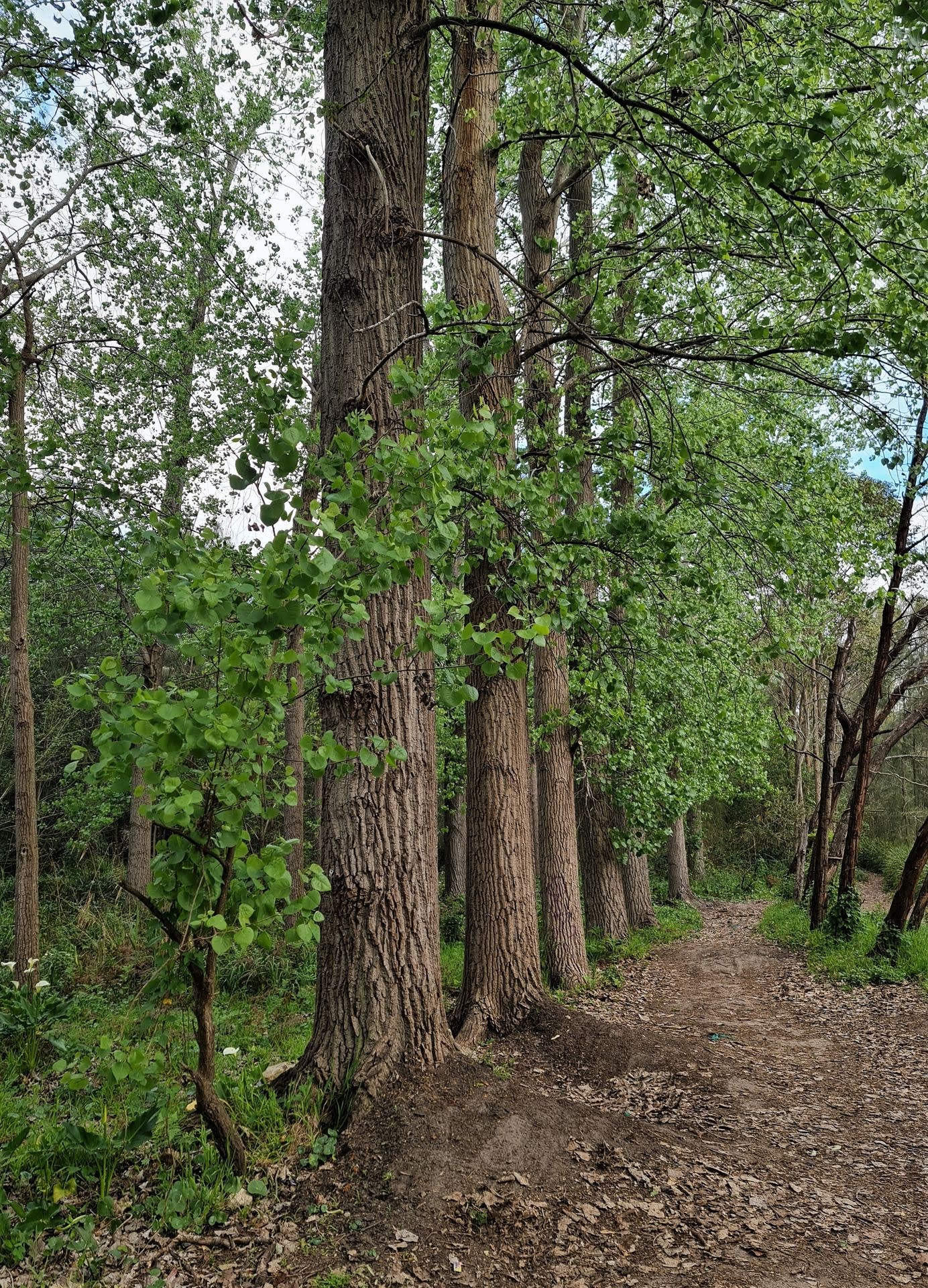
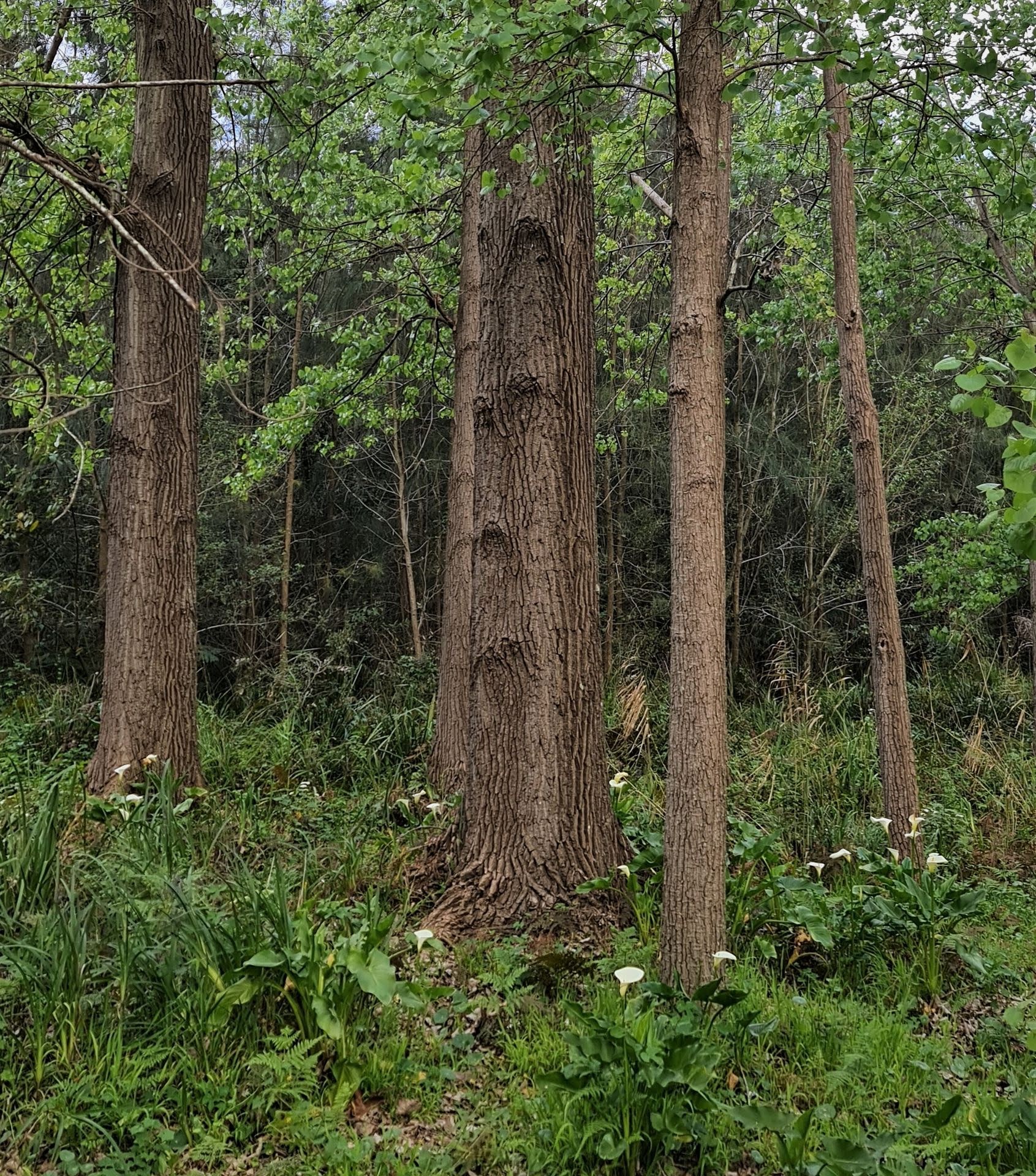


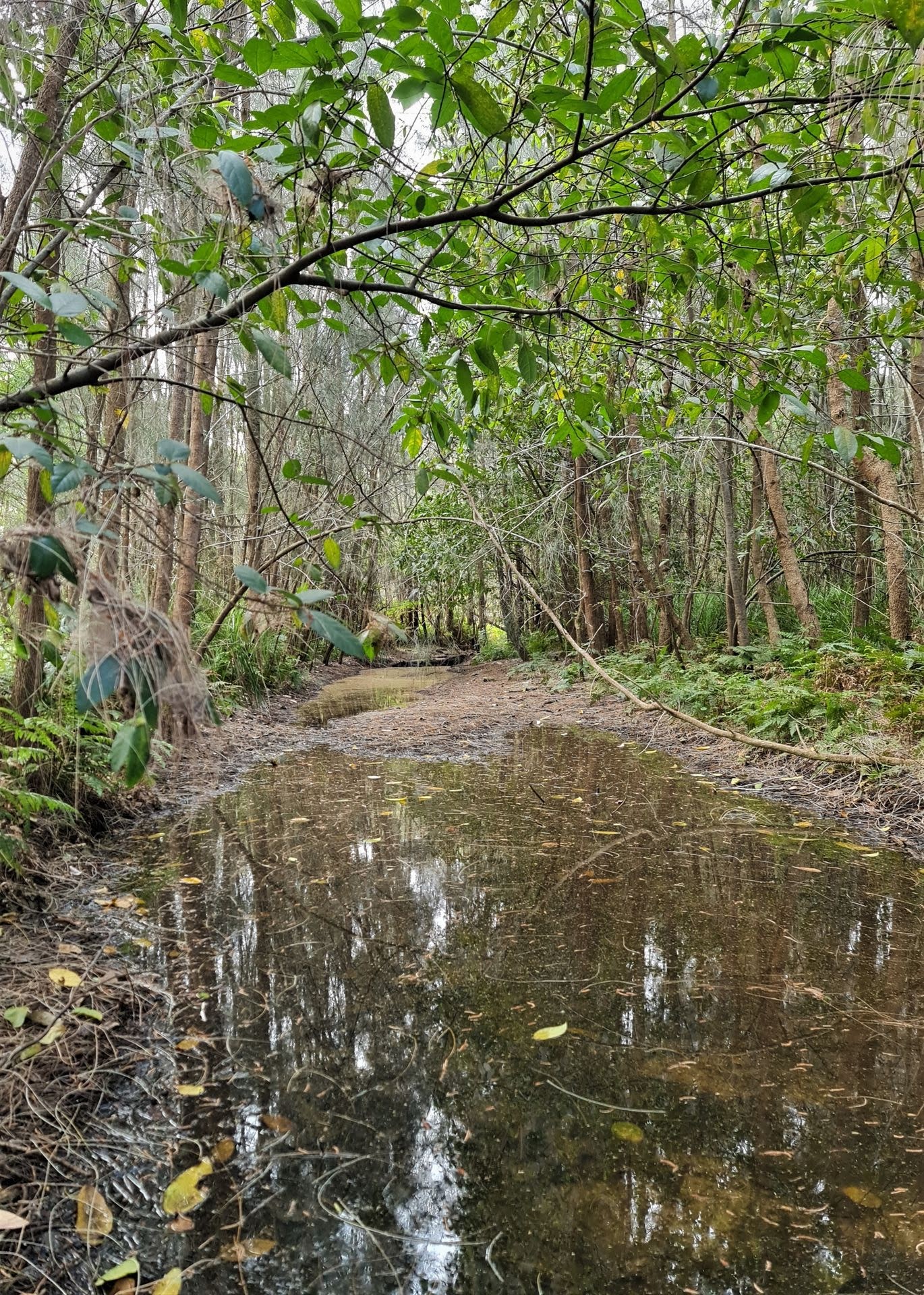
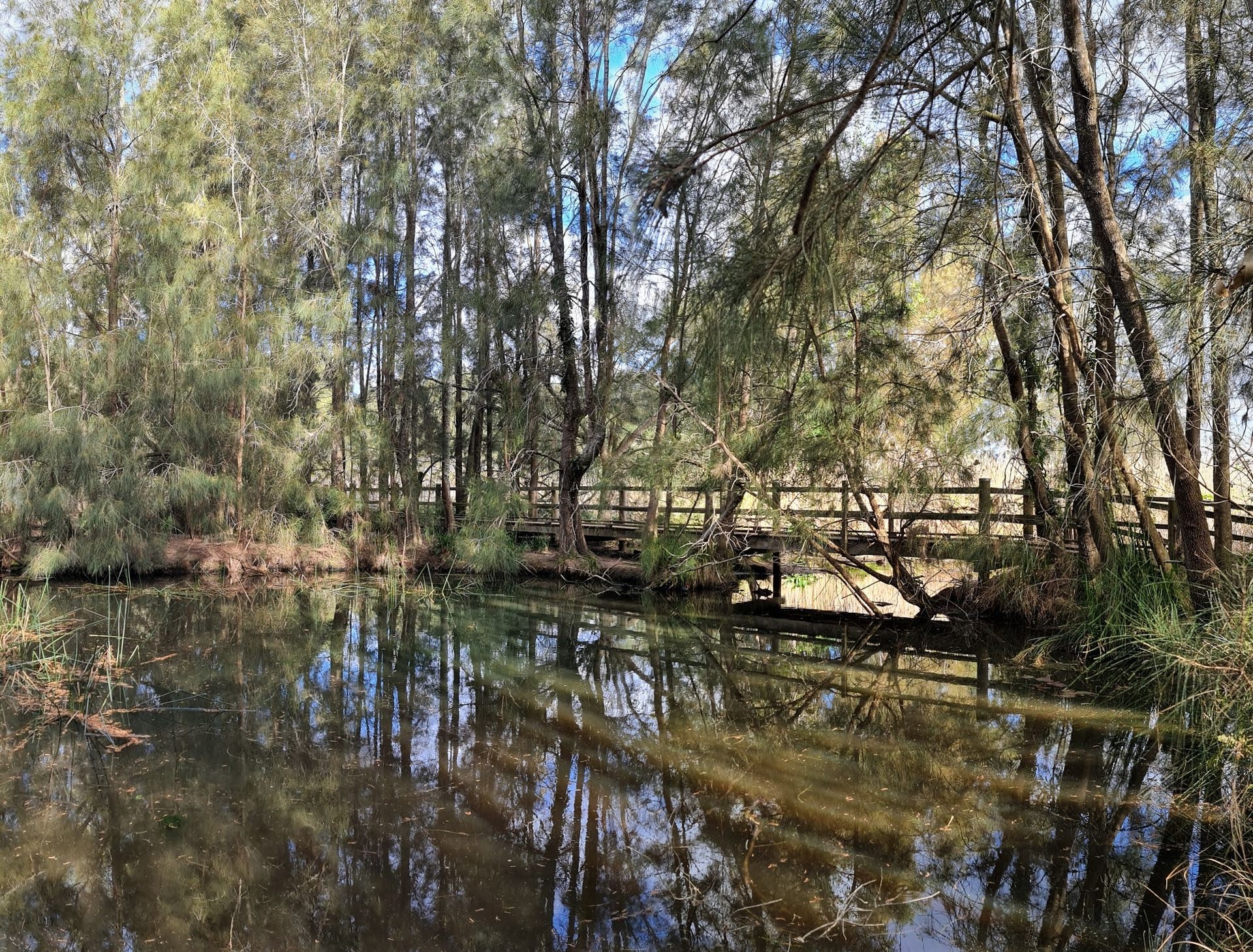




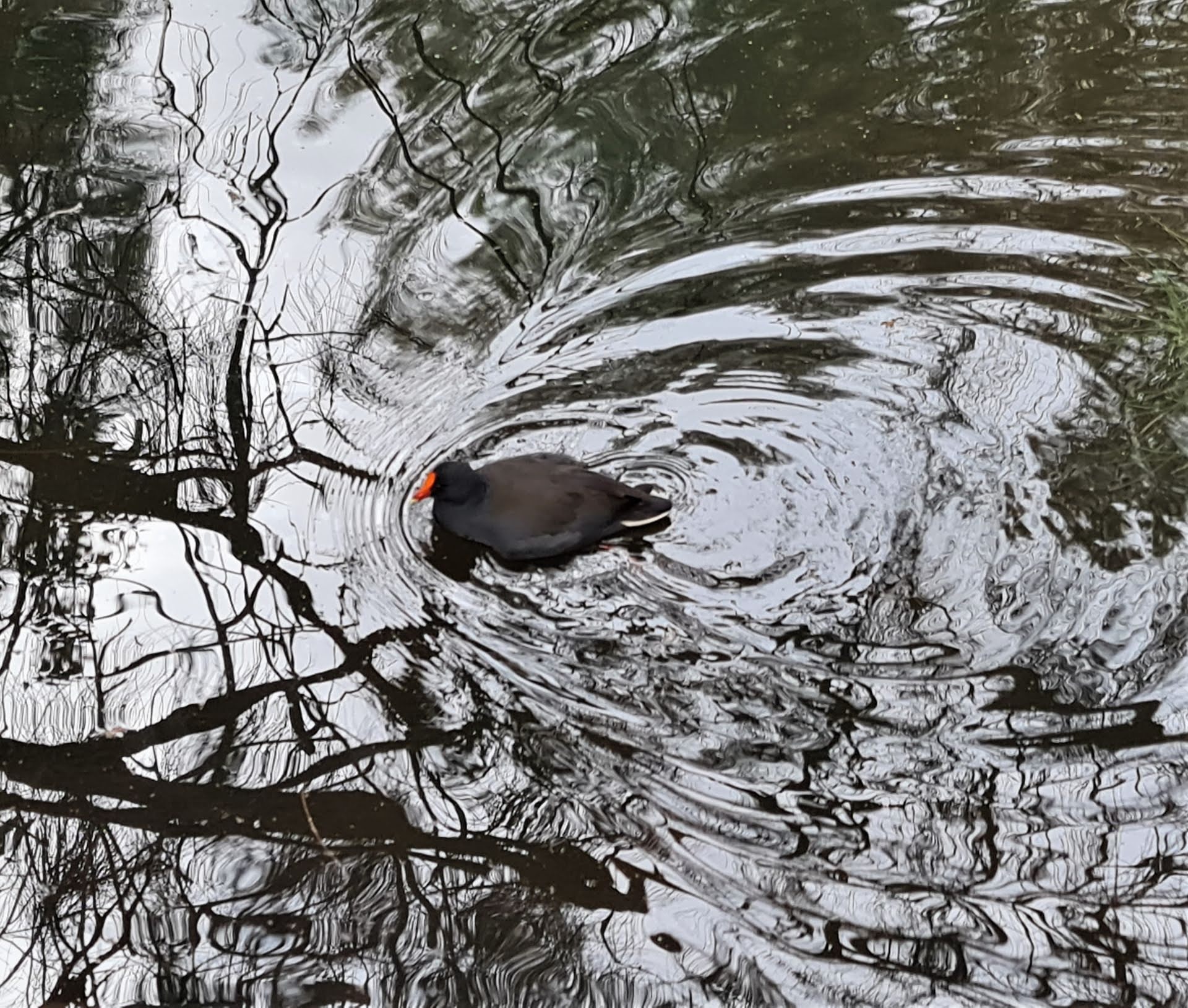
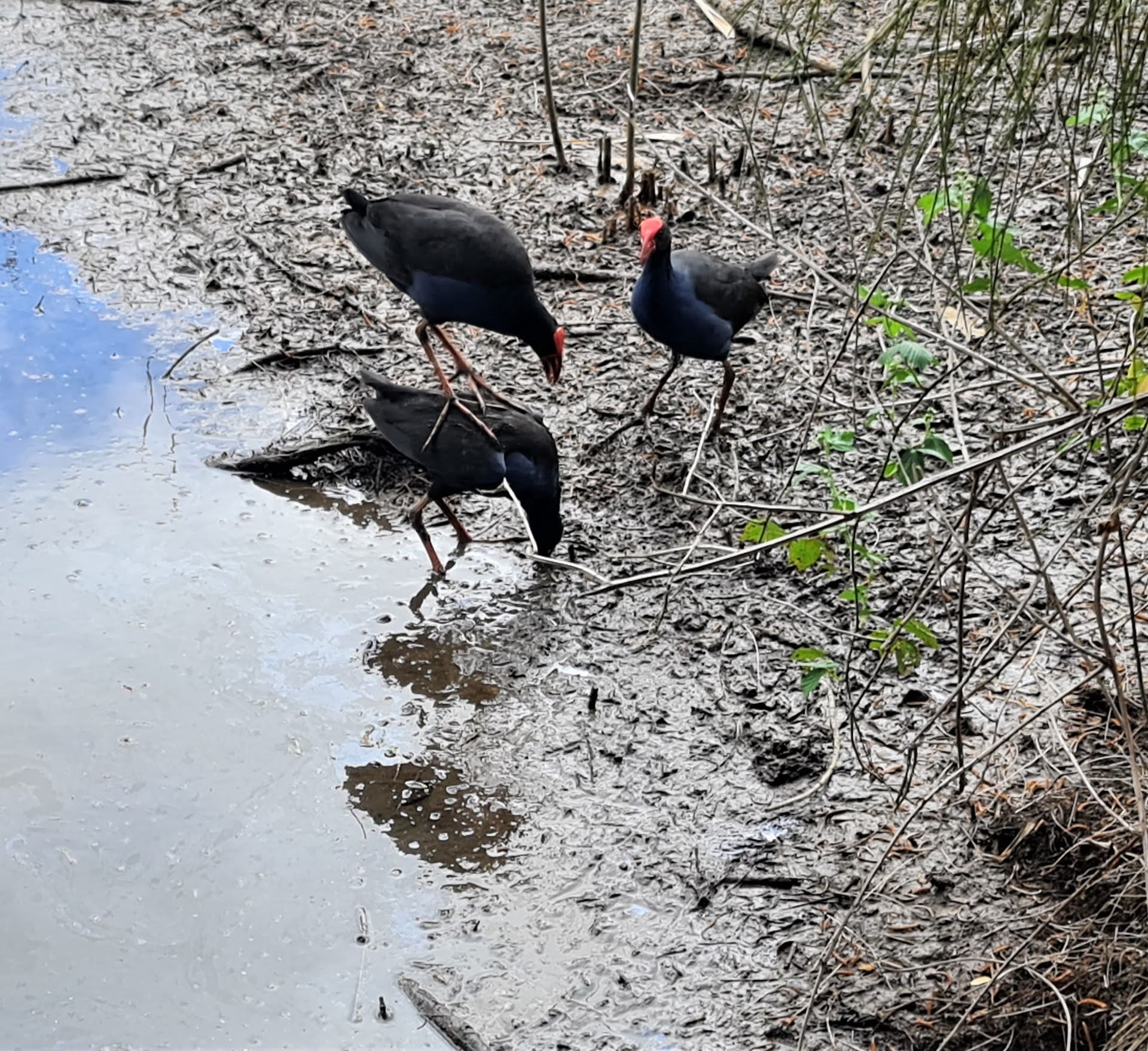
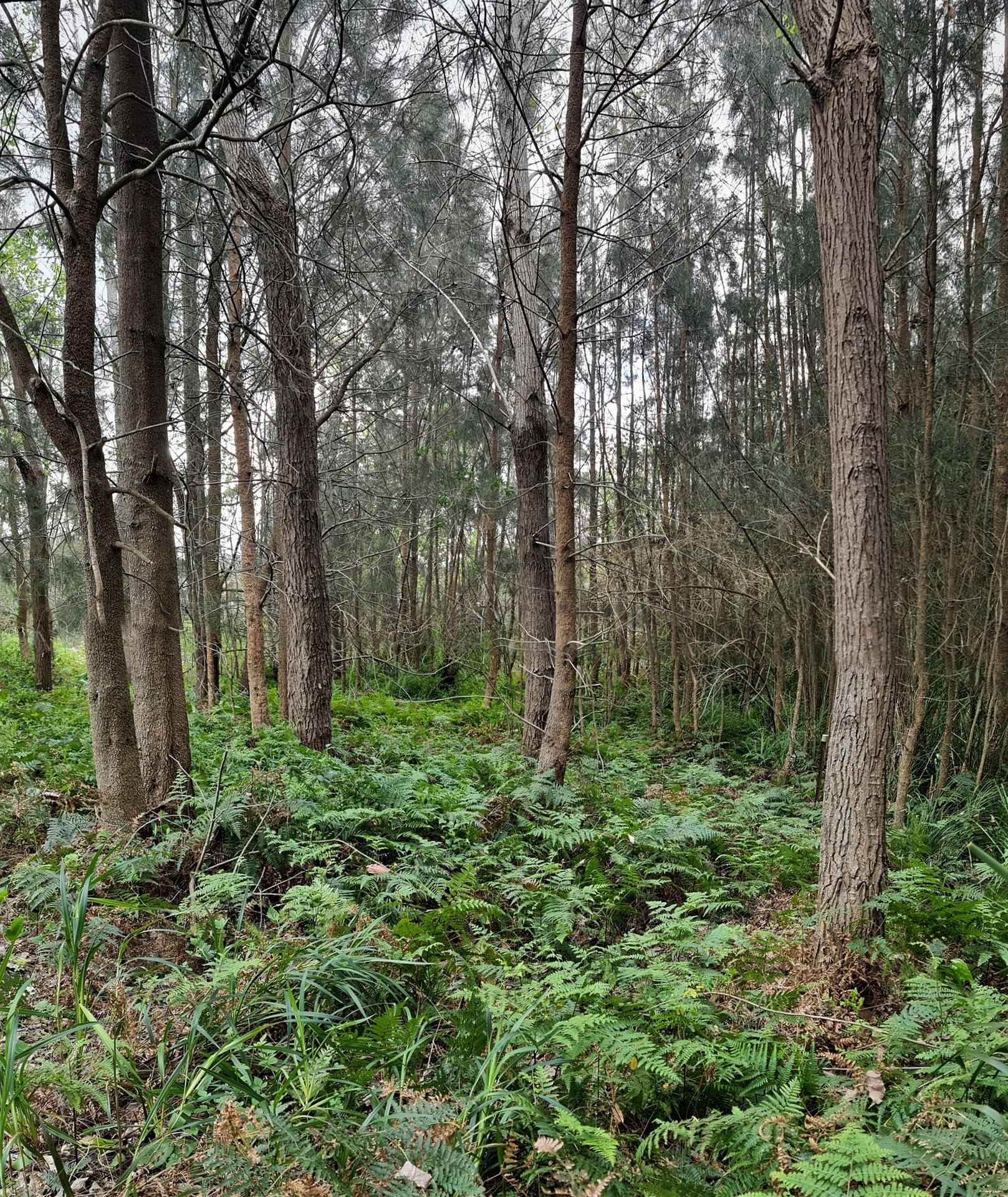
The beautiful ferns from which Fern Creek derives its name.

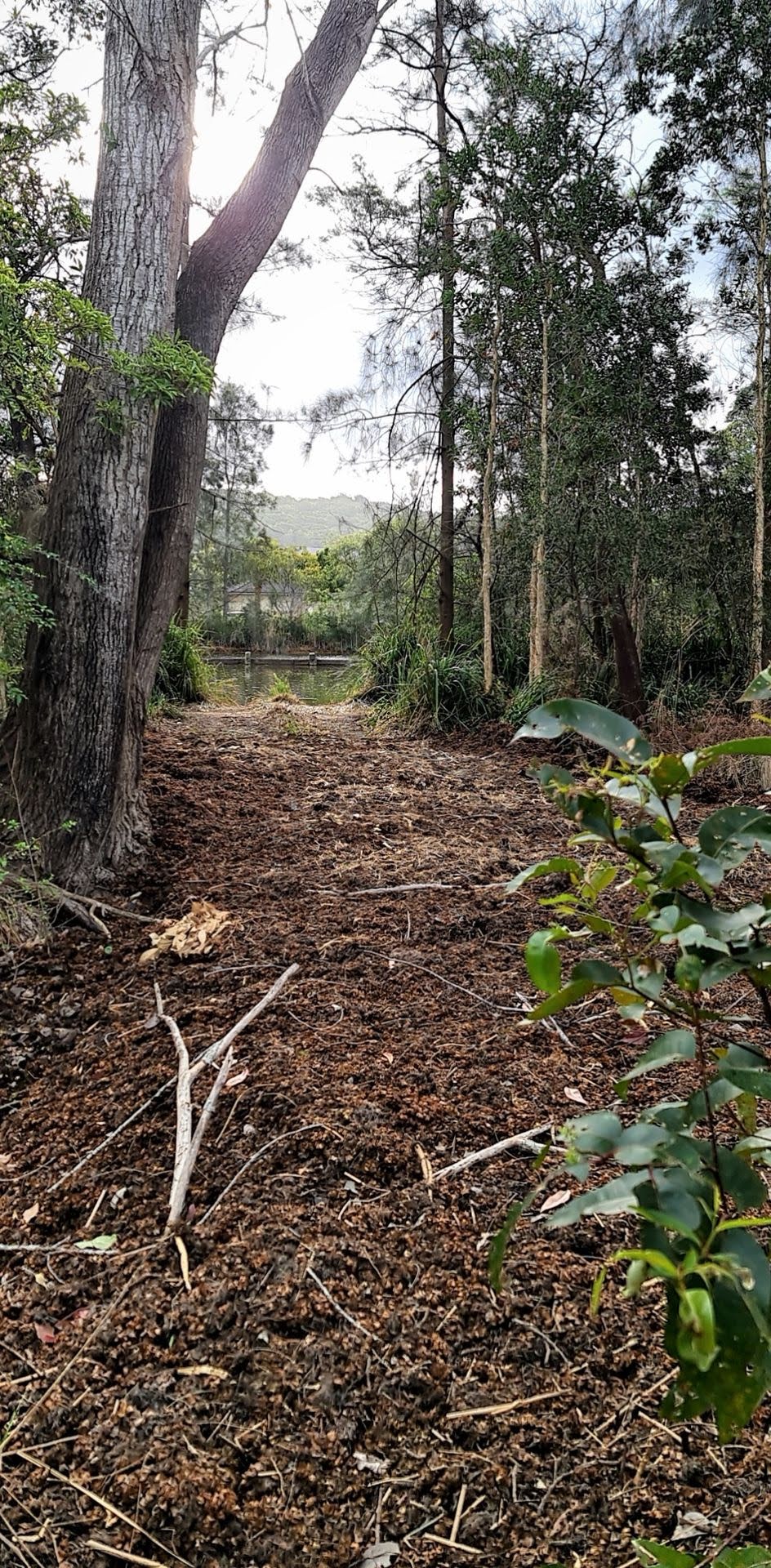




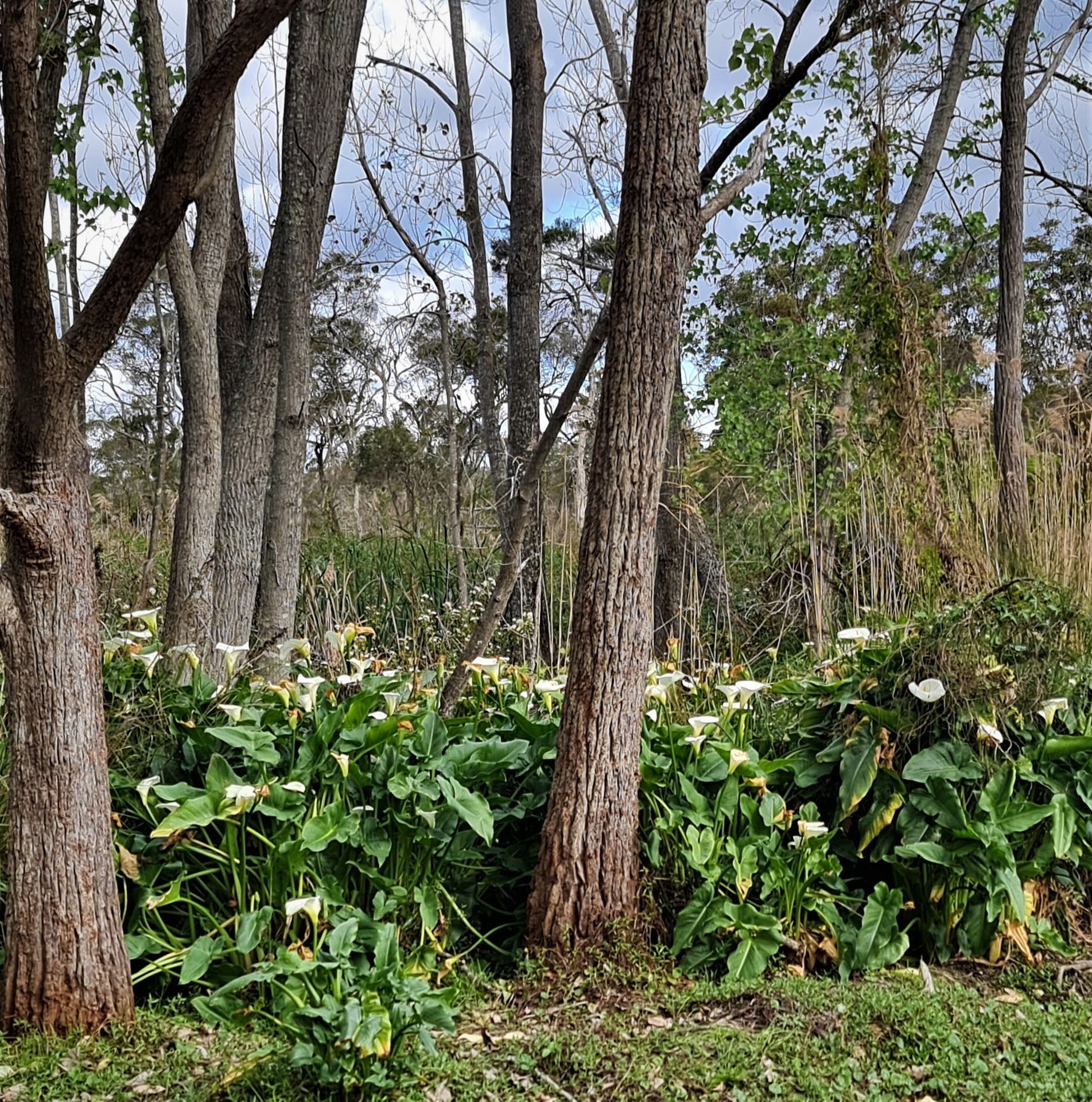
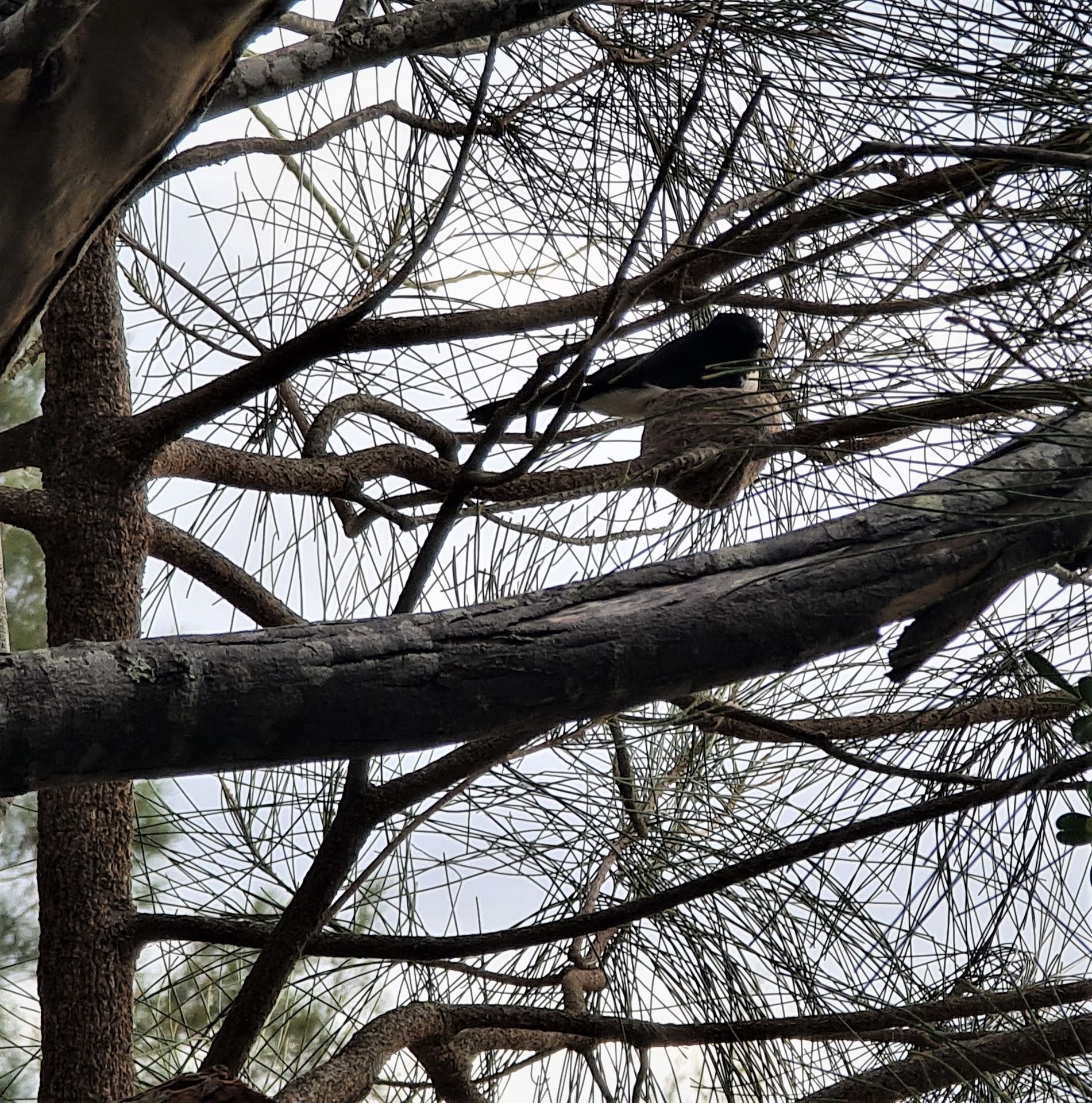
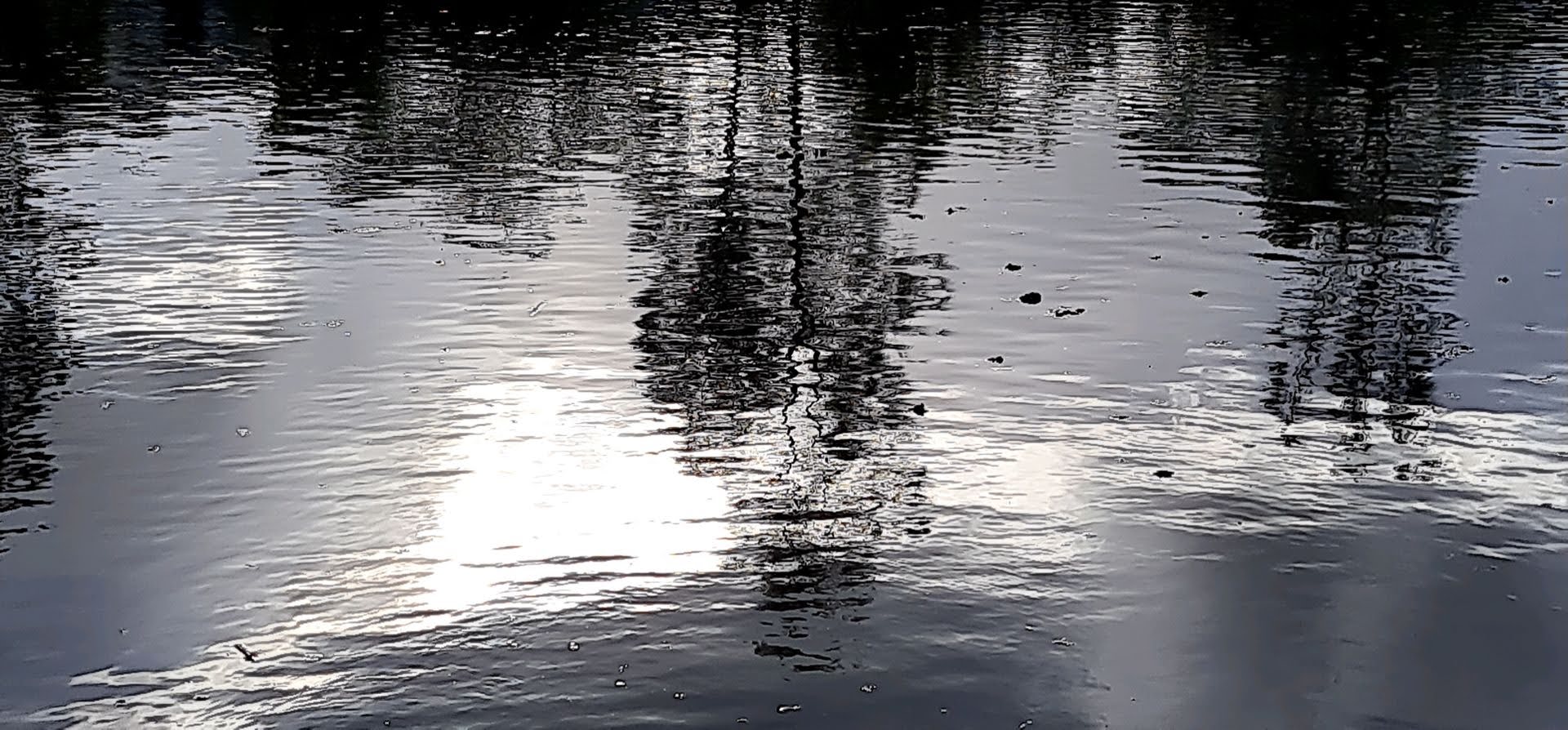


a Warriewood valley Eel
